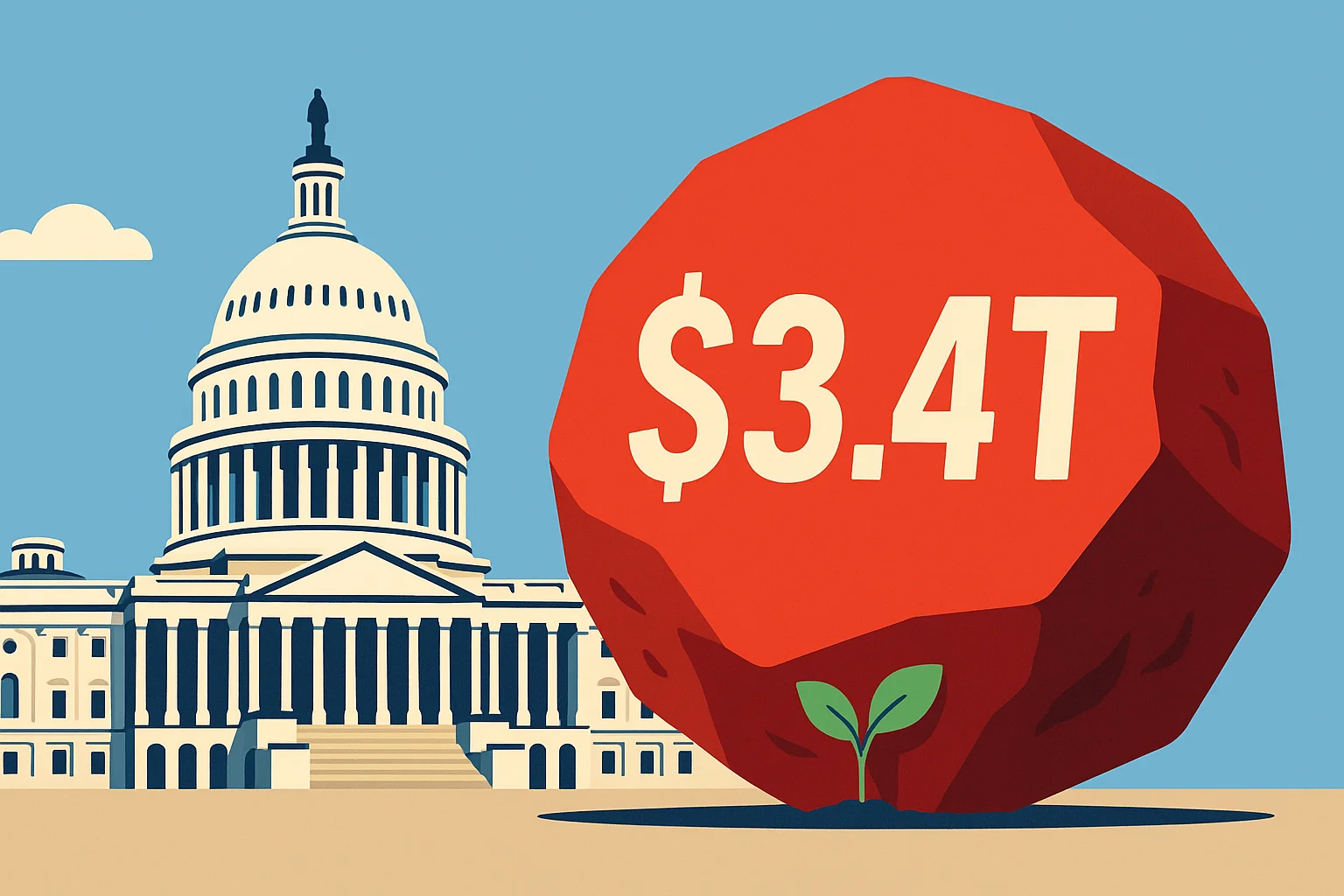Breaking News
- Is a $3,500-a-Night Safari Camp Choking Off a Vital Wildlife Corridor?
- A.I. Is Ready to Handle More of Your Holiday Shopping This Year
- Rubio’s Push to Soften a Pro-Russia Peace Proposal Into a Balanced Deal
- Ravens still lead the AFC North, but time is running out for Lamar Jackson and the offense to figure it out.
- With Trump’s Investigators Under Fire, a Polarizing Figure May Step Into a New Role
- Doctors Recommend 3 Nighttime Habits That May Help Calm Inflammation
- 12 Slow-Cooker Soups That Show Your Crockpot Is the True Star of the Kitchen
- New Car Costs Hit Record Levels as Shoppers Grapple With Severe Sticker Shock
- Miss Universe Fátima Bosch Responds After Her Miss Mexico Moment Goes Viral
- Hedge Fund Power Player Maps Out Revival Strategy for the Carolina Panthers
- Hope Dims for Survivors as Ukrainians Keep Vigil in Grief After Deadly Strike
- Sean Duffy Wants Travelers to Leave Their PJs at Home





Leave a Comments